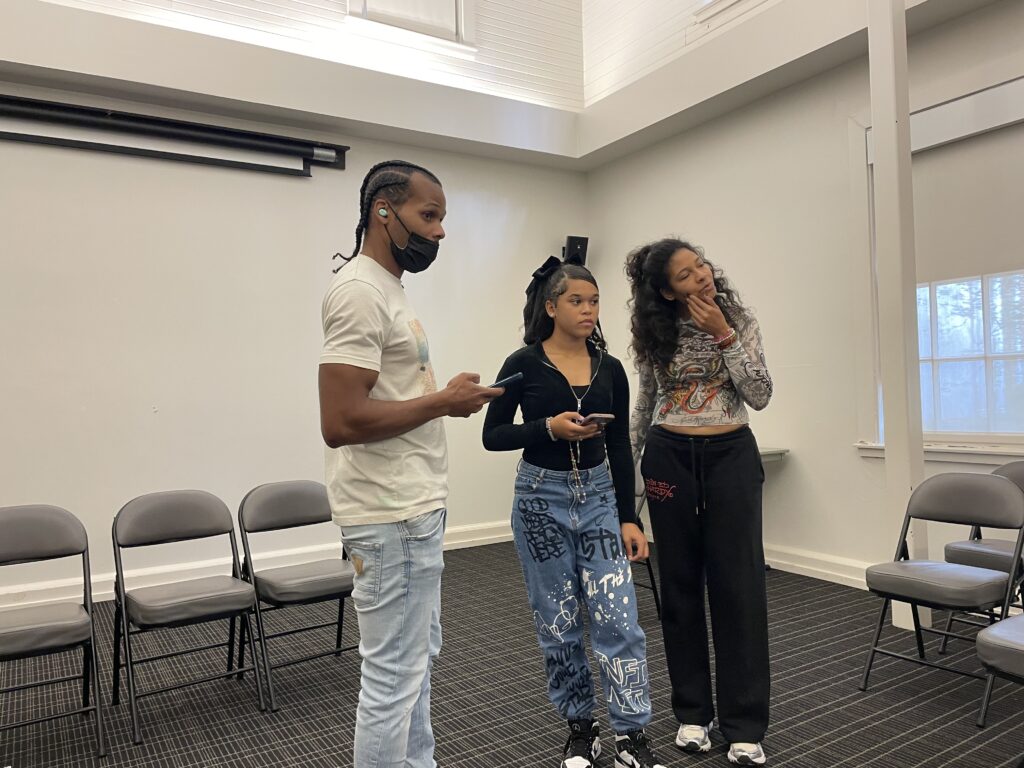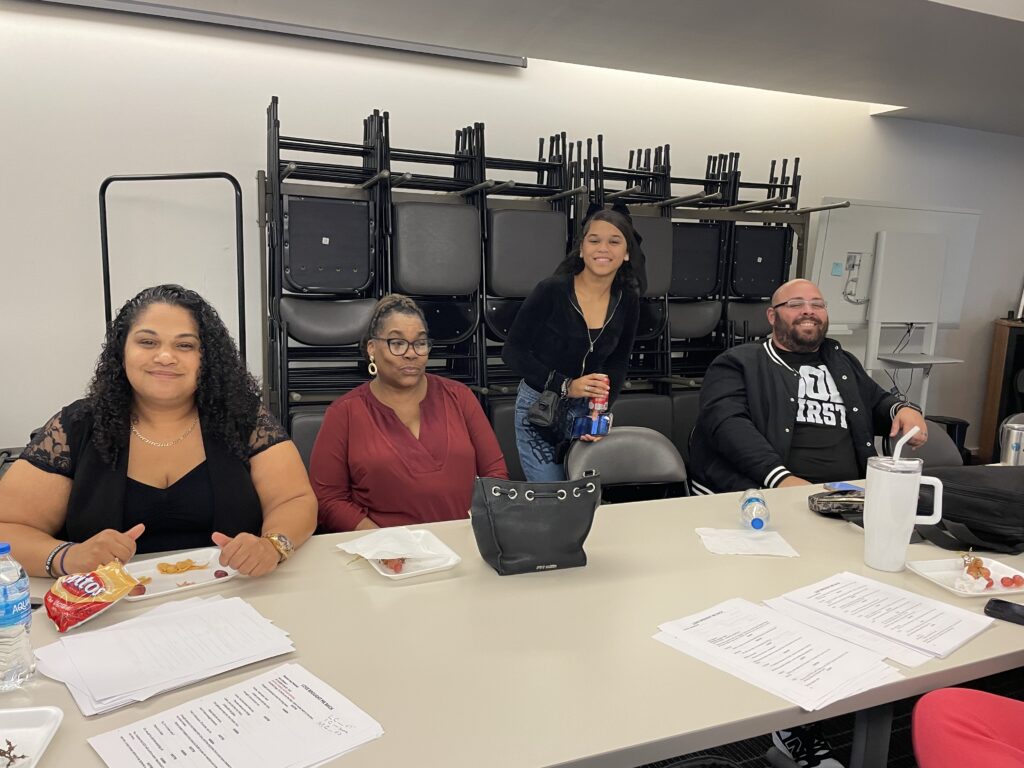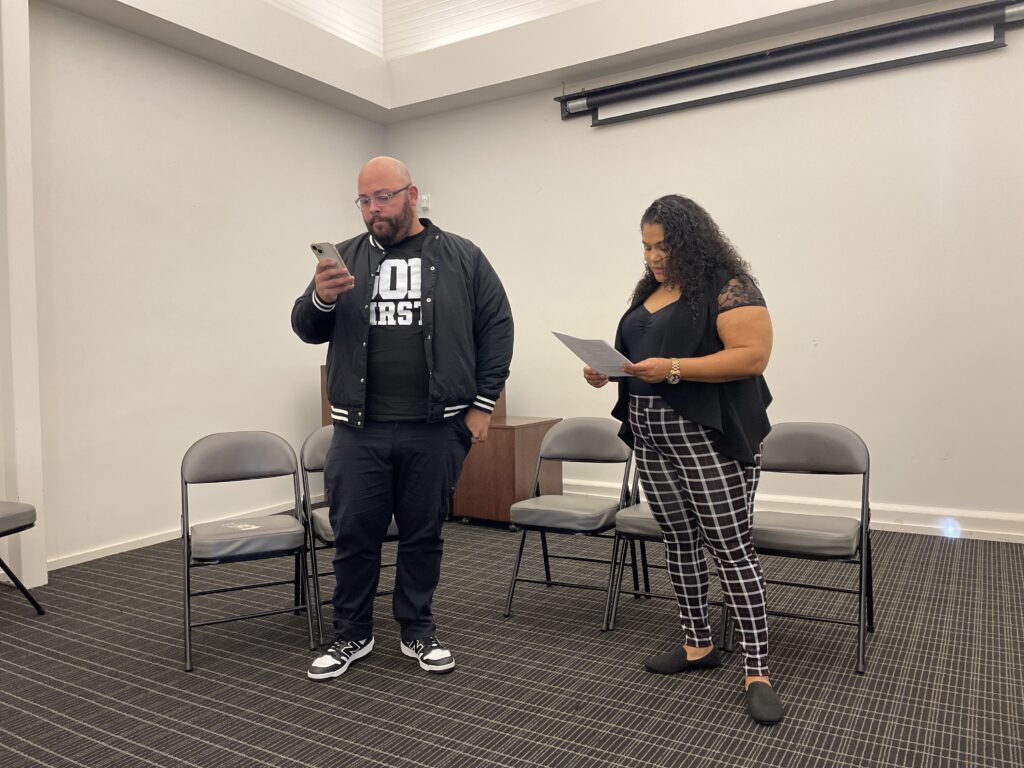Entertainment
Carrie Says Stanford Found ‘Peace’ in Sendoff to Willie Garson’s Character on August 17, 2023 at 7:00 am Us Weekly
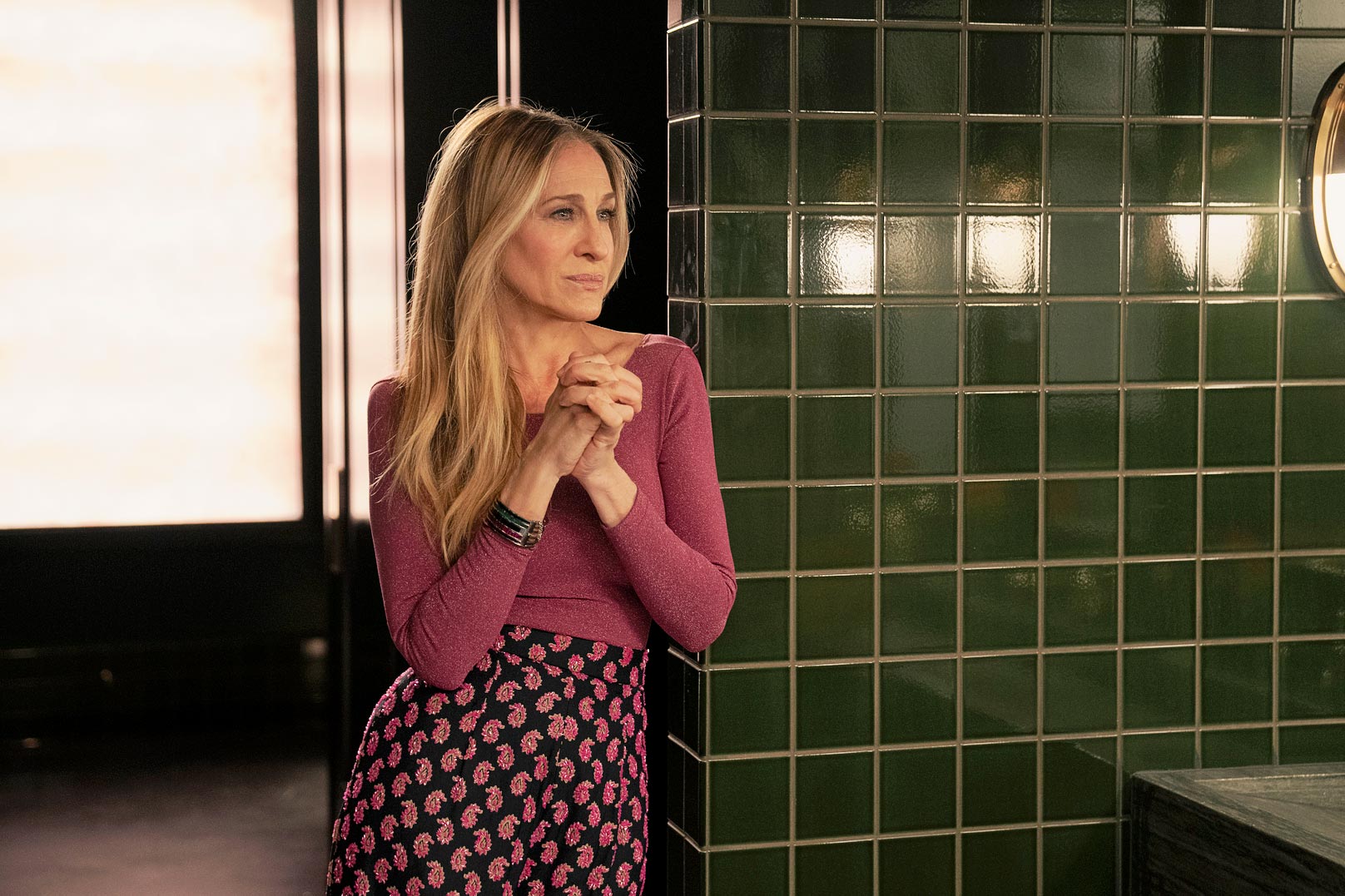
Craig Blankenhorn/Max (2)
And Just Like That is officially saying goodbye to Stanford Blatch, the beloved character portrayed by the late Willie Garson.
In the Thursday, August 17, episode of the Max series, Carrie Bradshaw (Sarah Jessica Parker) shares a Stanford update with his estranged husband, Anthony Marentino (Mario Cantone).
“Stanford asked me to speak to you,” Carrie said, holding up a handwritten note that she received from her longtime pal. “He’s back in Japan, in Kyoto. He went to see the geishas and he’s staying.”
Stanford — who previously moved to Japan to be the talent manager for a young TikTok star following Garson’s death — sent Carrie a message and photo to explain what he was up to. “He’s a Shinto monk. … No bit, he had a big, ugly fight with his TikTok client. She fired him and ran off to Berlin, he wandered around Kyoto for days crying,” Carrie explained. “[He] eventually found his way into a temple where, I guess, he stopped crying and he wrote, ‘Carrie, for the first time in my life, I felt peace, real peace.’”
Anthony, who married Stanford in the Sex and the City 2 feature film, was taken aback by Carrie’s revelation. “Why didn’t he tell me this himself?” he asked, putting down the cosmopolitan drink that Carrie had offered him in Stanford’s honor.
Craig Blankenhorn/Max (2)
Carrie explained, per the note, that Stanford was afraid to tell Anthony out of fear that he would mock his newfound bliss.
“He also wrote that, ‘My lawyers have enclosed all the legal work needed. The apartment and all of my belongings are now his,’” Carrie said to a now-surprised Anthony. “I want no attachments. I have let go of all things that no serve me and I let it all go with love.”
Anthony remarked that he was “stunned” that Stanford could let everything go as he’s been the complete opposite. “Good for him, good for him,” he tearfully said before Carrie proposed a toast to “Stanny.”
When asked who would get to “keep the photo” of Stanford, Carrie proclaimed that she was “very attached” to the image of Garson’s character donning a traditional Japanese robe.
Anthony and Stanford had separated during And Just Like That season 1 when Stanford moved to Asia. Anthony, for his part, has since tried to move on. Season 2 even introduced a new love interest in Italian poet Giuseppe (Sebastiano Pigazzi), who proclaimed in Thursday’s episode that he was in love with the Hotfellas breadmaker.
Thursday’s episode comes nearly two years after Garson died at the age of 57 in September 2021. Garson, who is survived by son Nathen, had privately battled pancreatic cancer prior to his passing.
“It was a real shock,” Cantone, 63, said during a December 2021 appearance on SiriusXM’s Gilbert Gottfried’s Amazing Colossal Show. “None of us knew, and it was just, it was terrible. It was very sad. … Every time we did a benefit together, or like we did a couple of readings on Zoom, during COVID we were zooming. We were always, like, texting each other talking s–t. But I miss him, he made me laugh so hard and he was a great TV husband. Oh God, he was loved.”
New episodes of And Just Like That drop Thursdays on Max.
Craig Blankenhorn/Max (2) And Just Like That is officially saying goodbye to Stanford Blatch, the beloved character portrayed by the late Willie Garson. In the Thursday, August 17, episode of the Max series, Carrie Bradshaw (Sarah Jessica Parker) shares a Stanford update with his estranged husband, Anthony Marentino (Mario Cantone). “Stanford asked me to speak
Us Weekly Read More
Advice
How to Craft a Compelling Narrative
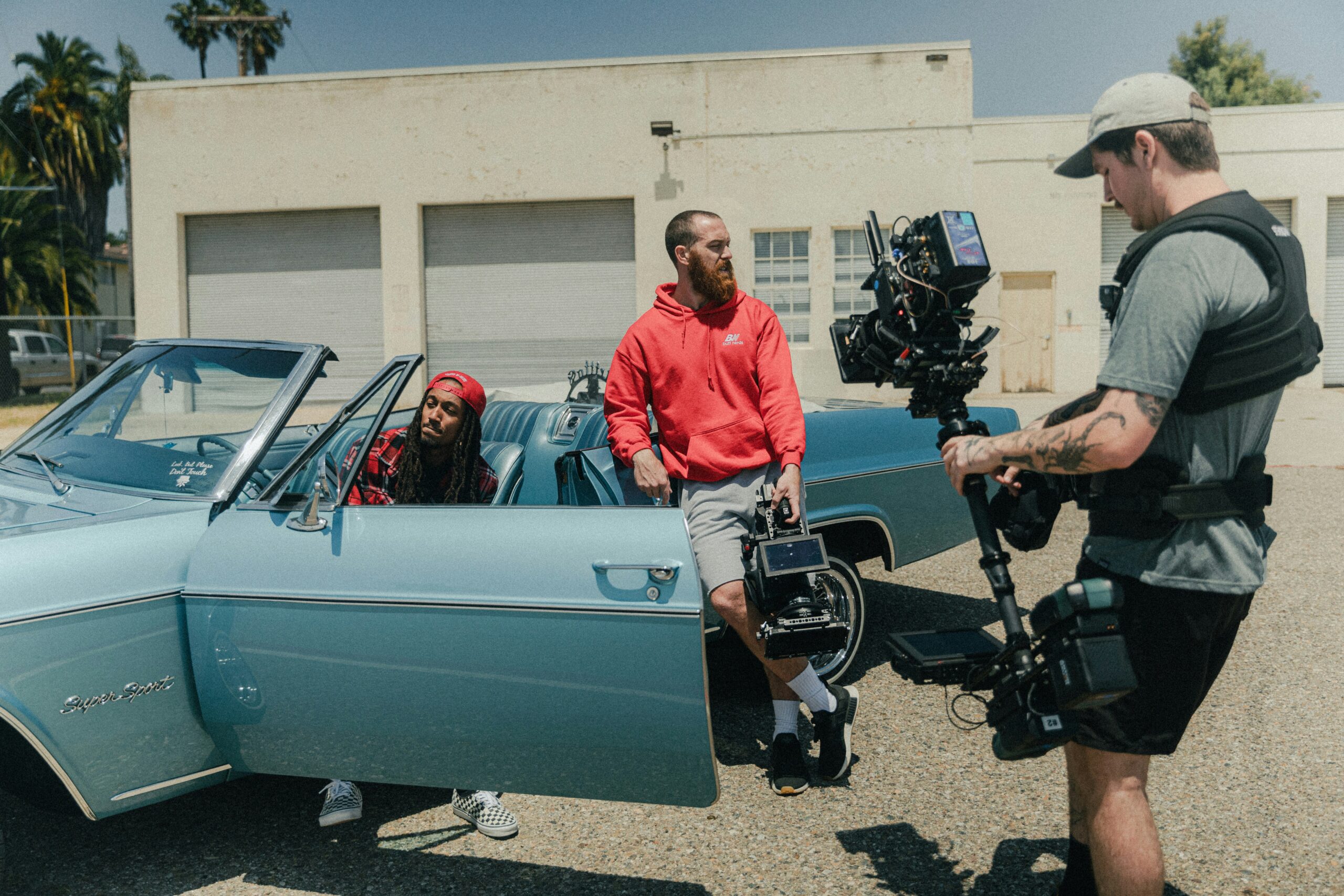
In the world of independent filmmaking, there’s one element that can set your project apart: a compelling narrative. While Hollywood blockbusters dazzle with extravagant effects and big-name stars, indie films shine when they focus on what really matters—the story. With the right blend of character-driven plots and sharp dialogue, indie filmmakers can captivate audiences and critics, even on shoestring budgets.
Character-Driven Plots: The Emotional Core of Indie Films
At the heart of every unforgettable film is a story that strikes a chord. Character-driven plots do just that, focusing on internal struggles, growth, and relationships. Rather than relying on explosions or elaborate set pieces, these films pull viewers in through the human experience, offering a deep emotional connection.
Take Moonlight (2016), for instance. Director Barry Jenkins created a beautifully intimate story about identity and personal growth, following the protagonist through three pivotal stages of his life. No flashy effects were needed—just raw, emotional storytelling that resonated on a global scale. The power of character-driven narratives lies in their ability to evoke empathy, pulling viewers into a world shaped by relationships and personal transformation.
Dialogue: Your Most Potent Storytelling Tool
Words can work magic, especially in indie films where dialogue often carries the weight of the story. Smart, authentic conversations reveal character, push the plot forward, and leave audiences with lines they’ll remember for years.
Look no further than Before Sunrise (1995), where two characters spend the majority of the film walking and talking through the streets of Vienna. There’s no grand plot twist, no high-octane action—just honest, heart-felt dialogue that turns an ordinary interaction into something captivating and universal. The art of crafting memorable dialogue is a skill that indie filmmakers can use to elevate their films, transforming a low-budget production into an unforgettable cinematic experience.

Maximizing Impact on a Minimal Budget
Indie filmmakers are no strangers to working with tight budgets, but limited funds don’t have to limit creativity. Many low-budget films have made a huge impact by relying on inventive storytelling rather than expensive tricks.
Consider The Blair Witch Project (1999). Filmed with a mere $60,000 budget, it redefined horror by creating atmosphere and tension through suggestion, not spectacle. Or look at Primer (2004), a mind-bending time-travel movie made for just $7,000. The complex plot and thought-provoking ideas made it a cult classic, proving that financial constraints can be overcome with imagination and ambition.
Creating Emotional Engagement
The true strength of a character-driven narrative lies in its ability to forge a deep emotional connection with the audience. Indie filmmakers have the advantage of telling stories that feel personal, relatable, and human. Films like Lady Bird (2017) tap into universal experiences—like the turmoil of adolescence and complex family dynamics—creating authentic, heartwarming stories that resonate across generations. These films remind us that sometimes, the most powerful stories are the ones that reflect our own lives.
The Power of Subtext and Nuance
In indie filmmaking, subtlety can be your secret weapon. Instead of spelling out every plot point, films that use subtext and nuance encourage audiences to think, analyze, and feel on a deeper level.
Sofia Coppola’s Lost in Translation (2003) is a masterclass in using subtext to build tension and emotional complexity. The film’s understated interactions and quiet moments add layers to the narrative, inviting viewers to immerse themselves in the unsaid emotions between characters. This kind of storytelling can make your film feel richer and more rewarding, providing depth that lingers long after the credits roll.
Story as the Ultimate Special Effect
In the indie film world, your biggest asset isn’t a massive budget or high-end CGI—it’s your ability to tell a great story. By focusing on character-driven plots, razor-sharp dialogue, and the emotional authenticity that resonates with real people, you can create films that stand out in a crowded market. These are the stories that linger with audiences, that critics can’t stop talking about, and that indie filmmakers build careers on.
Ultimately, it’s the emotional truth within your narrative that touches hearts and stirs minds. Invest your time and creativity in developing characters people care about, crafting dialogue that feels alive, and embracing the power of subtlety. Do that, and you’ll create a film that not only defies budgetary constraints but also becomes a shining example of what independent cinema can achieve.
Bolanle Media is excited to announce our partnership with The Newbie Film Academy to offer comprehensive courses designed specifically for aspiring screenwriters. Whether you’re just starting out or looking to enhance your skills, our resources will provide you with the tools and knowledge needed to succeed in the competitive world of screenwriting. Join us today to unlock your creative potential and take your first steps toward crafting compelling stories that resonate with audiences. Let’s turn your ideas into impactful scripts together!
Advice
How to Make Independent Films That Succeed Financially and Critically

In the fiercely competitive world of independent filmmaking, creating a project that achieves both financial success and critical acclaim can feel like an uphill battle. But with the right strategy, even films with modest budgets can break through, impress audiences, and catch the attention of larger studios. Here’s your step-by-step guide to making it happen.
Crafting a Compelling Narrative
The foundation of every successful film is a strong, unique script. Focus on character-driven plots and sharp dialogue instead of expensive set pieces or special effects. Many celebrated indie films rise to prominence because of their storytelling, not their production value. Consider films like Moonlight or The Blair Witch Project that did more with less, emphasizing deep emotional engagement over costly visuals.
Understanding Your Market
Before production begins, research your target audience and familiarize yourself with the types of indie films currently finding success. Attending festivals and networking with industry insiders can provide valuable insights into trends and opportunities. Studying what resonates with viewers will help you make creative decisions that align with audience expectations while keeping your project marketable.
Budgeting for Success
Creating a realistic budget is crucial. Stretch every dollar by prioritizing key elements such as cinematography, sound, and casting, while using affordable locations or borrowed equipment to cut costs. Many successful indie films are made on shoestring budgets, relying on creative solutions to financial challenges. By planning ahead and negotiating deals, you can make the most of limited resources while maintaining high production quality.
Building Your Dream Team
Assemble a talented and passionate crew, choosing individuals who understand the challenges and rewards of independent filmmaking. Look for experienced professionals willing to work within budget constraints, and cultivate strong relationships with them. A team that is committed to the project will help you overcome challenges and ensure the film reflects your creative vision.
Strategic Casting
While casting well-known actors can attract attention, it’s more important to find talent that fits the role perfectly. Consider working with up-and-coming talent or relatively unknown actors who can deliver standout performances. Many indie films have gained buzz due to breakout roles from fresh faces, and sometimes an impressive performance from an unknown can be more exciting than a star name.
Meticulous Pre-Production
Thorough pre-production planning can save time and money during shooting. Storyboard scenes, create shot lists, and develop a clear shooting schedule to streamline production. Efficiency on set is critical, as every minute saved can be reinvested in improving the film’s quality. Pre-planning ensures that once the cameras roll, the team is fully prepared to capture your vision as efficiently as possible.
Leveraging Relationships and Resources
In indie filmmaking, creativity extends beyond the script. Build strong relationships within the film community to access resources like discounted equipment rentals, low-cost locations, or even post-production services. Many filmmakers rely on the goodwill of their network, calling in favors and bartering services to make their budgets work. Establishing these connections can also benefit future projects.
Focusing on Production Value
With limited resources, prioritize the elements that will make the most difference to your audience’s experience—high-quality cinematography, sound design, and editing. Even on a tight budget, investing in professional-grade sound and visuals can significantly elevate the overall production value of your film, making it look polished and engaging.
Early Marketing and Buzz Generation
Begin marketing your film during production. Share behind-the-scenes content and teasers on social media to build a following and generate interest. Engaging directly with fans by commenting and sharing can foster a loyal audience, ensuring there’s excitement around the release. Start early to create momentum and give your film a better chance of success when it’s finished.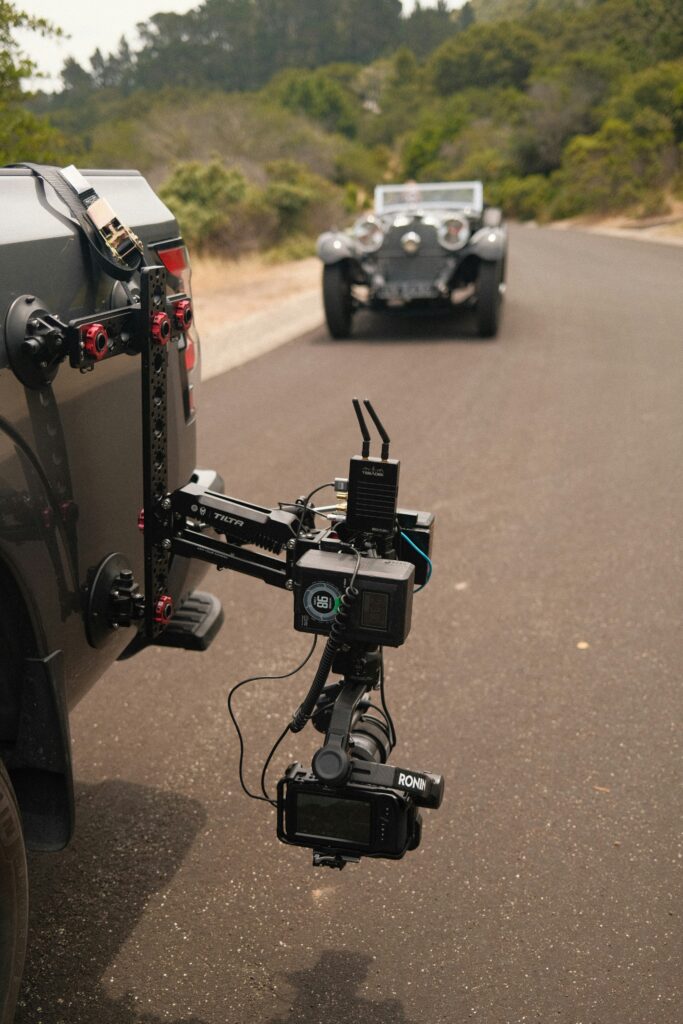
Exploring Distribution Options
Once your film is complete, research various distribution channels—streaming platforms, virtual festivals, and direct-to-consumer services. Streaming platforms like Netflix, Amazon Prime, or Vimeo on Demand provide wide exposure, making them accessible for indie filmmakers. Explore each option and choose the distribution strategy that best fits your film’s content and target audience.
Negotiating Smart Deals
If working with distributors, ensure that you negotiate fair deals. Many filmmakers have learned the hard way that without proper legal counsel, they might sign away too much control or a disproportionate share of the profits. Be prepared to negotiate, and seek legal advice if necessary to protect your creative rights and the financial future of your film.
Learning and Improving
After each project, take time to reflect on what worked and what didn’t. Constantly learning from both successes and failures is key to growth as a filmmaker. With every new project, you’ll be better equipped to navigate the creative and financial challenges of indie filmmaking, ensuring continuous improvement in both your artistry and business acumen.
Conclusion
Success in the indie film world comes from a mix of artistic brilliance and business savvy. By following these steps and staying committed to your vision, you can create films that stand out both critically and financially. With persistence and creativity, your project can rise above the noise and leave a lasting impression on both audiences and industry professionals.
Bolanle Media is excited to announce our partnership with The Newbie Film Academy to offer comprehensive courses designed specifically for aspiring screenwriters. Whether you’re just starting out or looking to enhance your skills, our resources will provide you with the tools and knowledge needed to succeed in the competitive world of screenwriting. Join us today to unlock your creative potential and take your first steps toward crafting compelling stories that resonate with audiences. Let’s turn your ideas into impactful scripts together!
Entertainment
Press Release: “Trapped,” A Feature Film
-
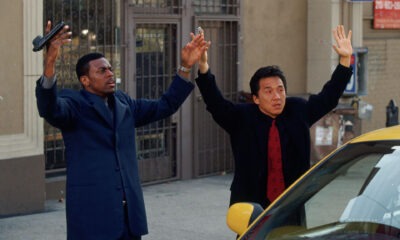
 Entertainment3 days ago
Entertainment3 days agoWhat Chris Tucker and Jackie Chan Teach Us About On-Screen Chemistry
-

 Advice1 week ago
Advice1 week agoThe Impact of Music on Film Pacing
-

 Advice1 week ago
Advice1 week agoHow to Create Unforgettable Movie Scenes
-

 Advice1 week ago
Advice1 week agoMaster the Art of Film Casting
-

 Advice3 weeks ago
Advice3 weeks agoA Reality Check for Aspiring Filmmakers
-

 Advice1 week ago
Advice1 week agoReinventing Genres: Tips for Filmmakers
-

 Advice2 weeks ago
Advice2 weeks agoScreenwriting Tips for Aspiring Filmmakers
-

 Entertainment2 hours ago
Entertainment2 hours agoPress Release: “Trapped,” A Feature Film





